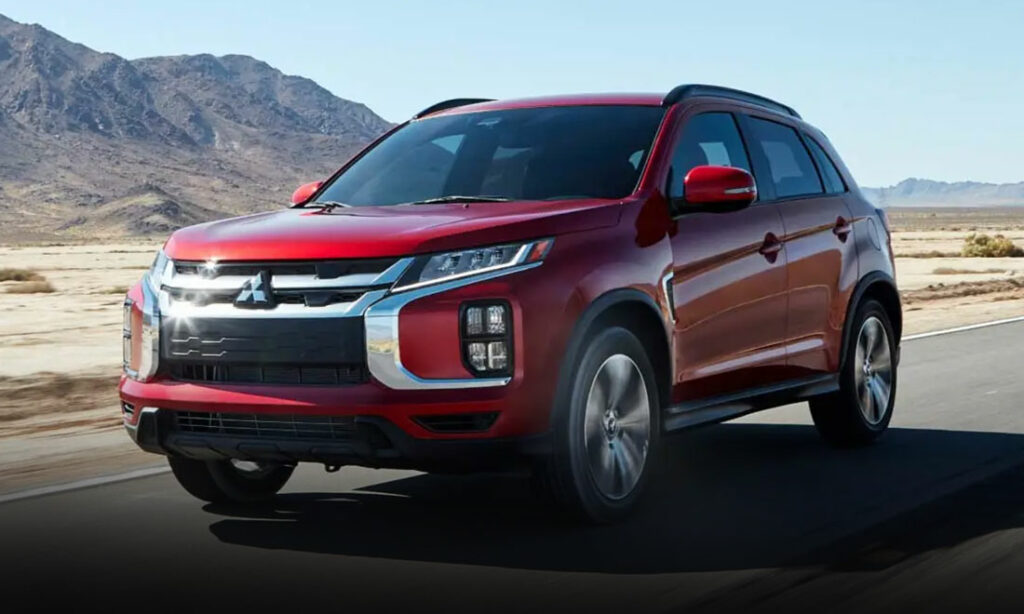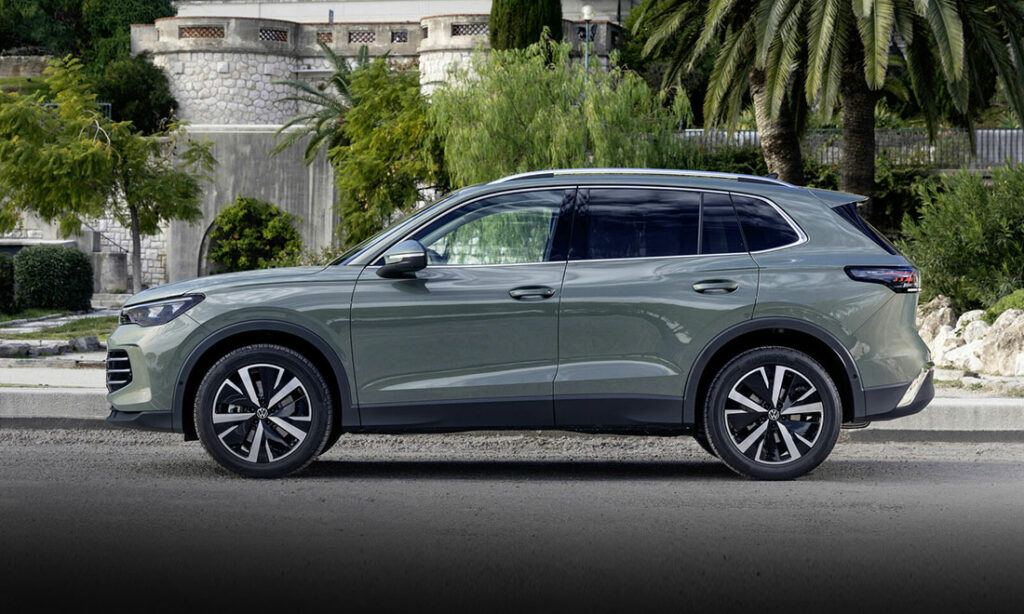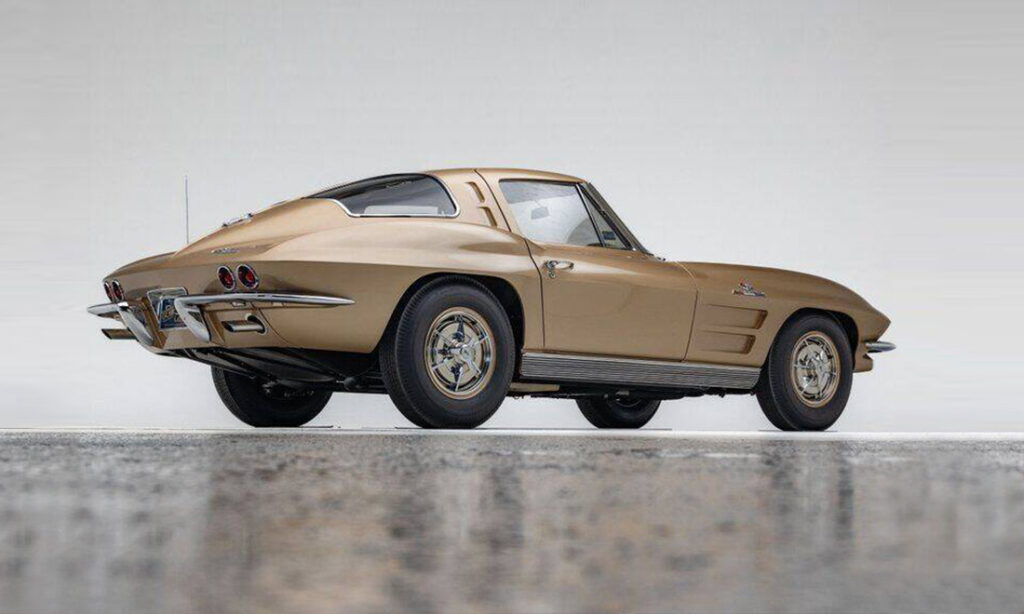Retro Review: Ford Gran Torino
Famous from TV and film, the real Ford Gran Torino wasn’t just a movies star, it was also a classic muscle car, NASCAR standout, and sales sensation.
The Non-Italian Car Named After Turin Italy
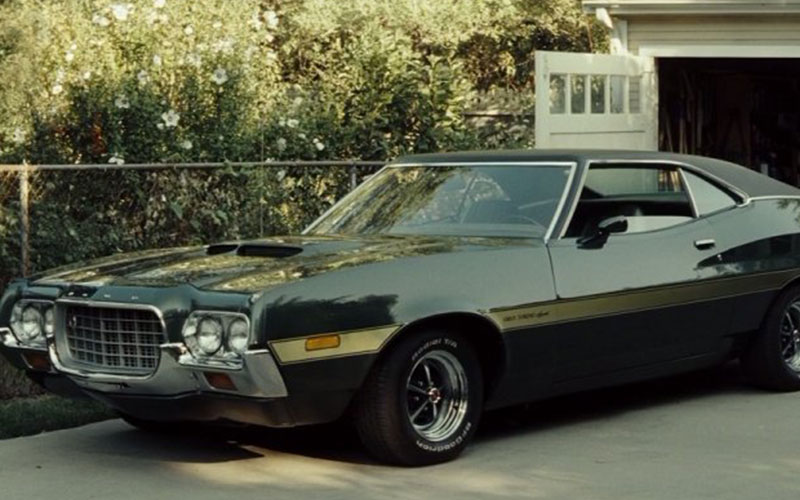
The Ford Gran Torino never received the level of name recognition that the Mustang achieved. * But back in the late 1960s and early 70s, the Torino held its own with the most powerful muscle cars on the street and the best-selling cars in any showroom in America. In truth, the Torino was tasked with being the heart of Ford’s lineup, a do-it-all crowd pleaser intended to soak up sales from GM and Chrysler, and, for a while at least, the Torino did just that, posting outstanding sales numbers. While your reference point may vary, either remembering the red Gran Torino from Starsky & Hutch or as the titular car in Clint Eastwood’s Gran Torino, the Ford Torino was both more and less than “that other muscle car from Ford.”
First Generation Ford Torino
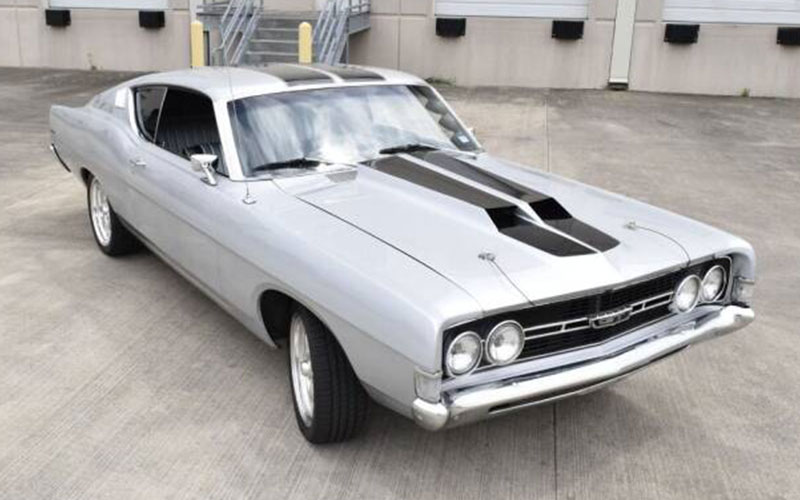
The Ford Torino was introduced as a subseries of the mid-market Ford Fairlane for 1968. The Fairlane/Torino came in an array of body styles that included a four-door sedan, two-door hardtop and convertible, and a four-door station wagon complete with faux wood paneling. The Ford Ranchero was shifted over and now based off the Torino. The Torino GT was positioned as the mark’s muscle car variant and came with a standard 302 cu in small block V8, racing decal stripe, and performance upgrades that included a beefier front sway bar, and heftier springs and shocks.
The standard Torino engine was a 200 cu in straight-six but a total of five V8s were also available, ranging from a 289 Winsor all the way to the mid-year addition 428 making 335 horsepower. For 1969, the added an even more stout Fairlane/Torino Cobra variant, referenced in Ford literature as the Cobra and packing the 428 Super Cobra Jet V8. The Cobra was Ford’s answer to Plymouth’s success with the Roadrunner. This one-upmanship extended to the oval track of NASCAR as well.
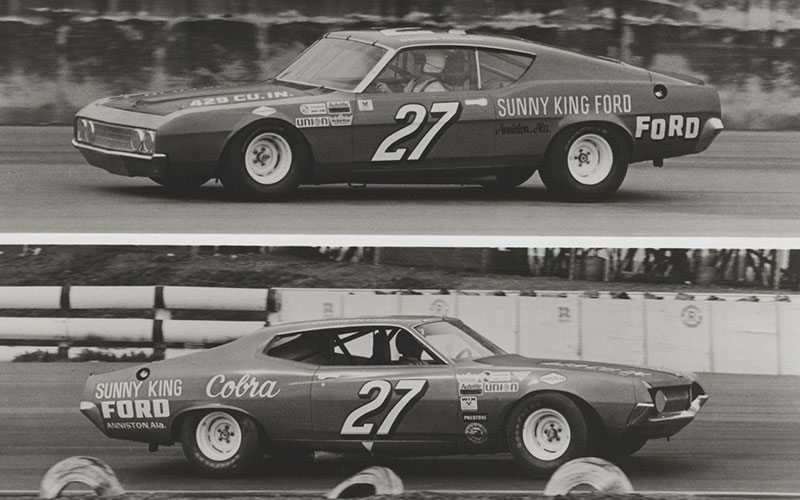
The Torino was Ford’s entrant in NASCAR for 1968 and 69. The car’s fastback design gave the Torino a distinct aerodynamic advantage over the competition. Desperate to keep pace, Dodge began experimenting with improved aero as well, resulting in the Dodge Charger 500. Ford’s Torino Talladega followed with modifications to the car’s front end to further reduce drag. The big guns arrive from Chrysler in the form of the aero twins Dodge Daytona and Plymouth Superbird. Their dominance in the latter parts of the 1969 season (for the Daytona) and the 1970 season lead to changes in NASCAR regulations that effectively banned these aero cars from competition.
Second Generation Ford Torino
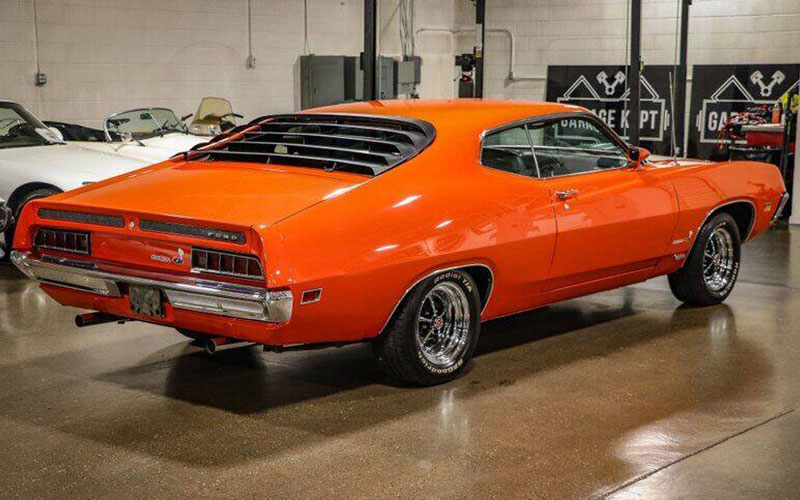
The arrival of the second-generation Torino brought major revisions to the body of the car. The fresh look re-positioned the Torino much closer to its muscle car competitors. It featured the classic “coke bottle” curves, and it was lower and wider, heavier and longer, attributes all further accentuated by the signature muscle car proportions of a long hood and short rear deck. New quad headlights adorned the front end.
The performance-oriented Cobra now offered three iterations of the 429 V8: the Thunder Jet tuned to 360 horsepower, the Cobra Jet with 370 horsepower, and the Super Cobra Jet topping out at 375 horsepower. The latter two could be optioned with Ram Air induction that came with functional shaker hoods. The Super Cobra Jet could rocket from zero to sixty in 5.8 seconds, easily keeping pace with the rest of its muscle car cohort.
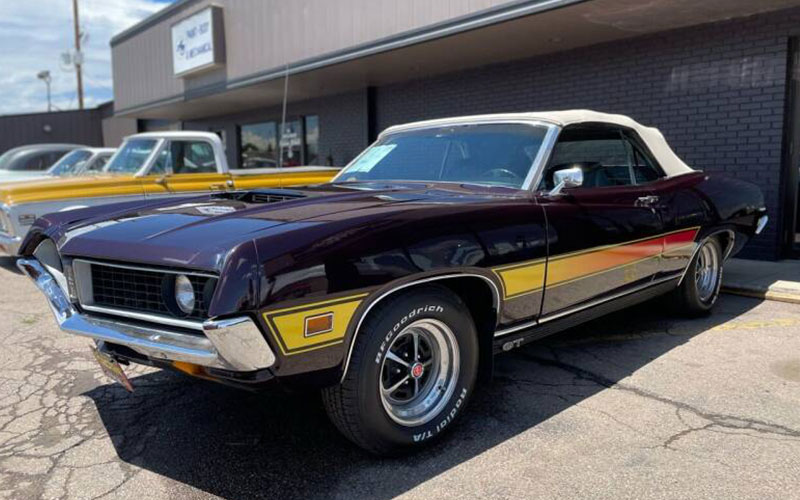
In 1970, Motor Trend named the Ford Torino the car of the year. Little changed for 1971, save the 351 Winsor becoming the Cobra’s default engine and the Fairlane and tagalong Falcon nameplates subsumed by the Torino.
Third Generation Ford Torino
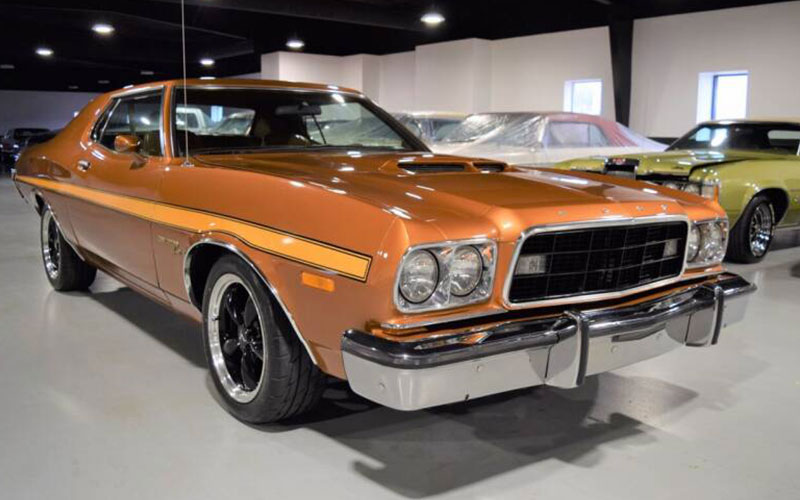
For the new third-generation Torino starting in 1972, Ford gave the car another visual revamp. Most notable among the cosmetic changes was a new “fish mouth” grille design and bulging fender flares. The convertible option was dropped but a new name was added, the Gran Torino. The Torino name now designated the entry-level trim followed by the Gran Torino and Gran Torino Sport. The former two could still be had in both two- and four-door forms but the top trim Gran Torino Sport came exclusively as a two-door. Sadly, the Cobra was discontinued. However, station wagon versions were still available for all three trim levels.
Another major change was the shift to a body-on-frame construction. This cost-saving measure had the added benefit of improving the Torino’s ride and reducing road noise as well. A new 400 cu in V8 was added to the engine lineup to rest between the 351 and the 429.
For 1973, the Ram Air option was dropped, and a new engine added, a 460 cu in V8 was available as part of the “Police Package.” The Torino received updates to the grille and bumpers, shifting away from its muscle car pretentions and up market to a more mainstream offering. Sales were spectacular for the Torino in 1973, with 496,581 units sold that year.
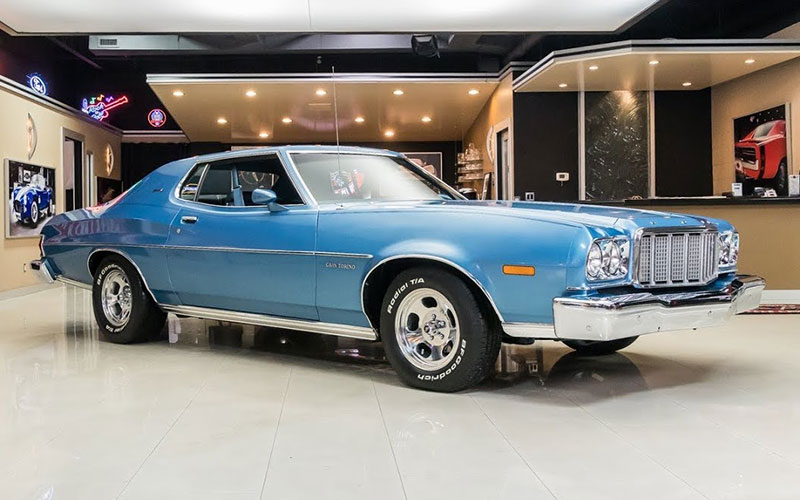
1974 continued the same tread for the Torino away from its days as a muscle car. It gained weight, a new mesh grille, and additional updates to the front and rear end. The 460 cu in V8 was made available to the public, taking the place of the 429 as the Torino’s premium engine offering. Sales continued apace.
The arrival of the Clean Air Act and the introduction of catalytic converters spelled the doom of the Torino and many other dedicated V8 cars. Sales for the Torino dropped precipitously in 1975 as car buyers looked to smaller, more efficient cars. Ford would cancel the Torino after the 1976 model year.
On Screen
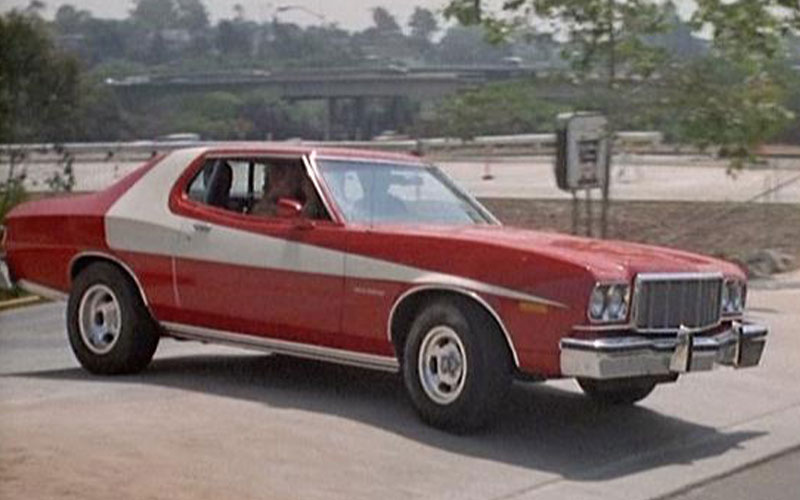
Despite being the last two years for the Torino, the 1975 and ’76 models receive more than their share of publicity thanks to their inclusion as the hero car in the hit TV show Starsky & Hutch. Done up in red with white striping, the “Striped Tomato” Gran Torino was a hit with fans of the show. Ford attempted to capitalize on the buzz by releasing 1,000 duplicate cars in 1976.
Clint Eastwood’s 2008 film Gran Torino gives the car top billing as Walt Kowalski’s prize possession an impeccably maintained 1972 Gran Torino in dark-metallic green. In the movie, the attempted theft of said Gran Torino is the catalyst for a culture and generation spanning friendship between Walt and a Hmong teenager Thao. Like Unforgiven, the film is a deconstruction of the hard-bitten, rigid masculinity that Eastwood embodied in his early film career.
However you best know it, as a NASCAR legend, a drag racer extraordinaire, movie car, or a 1970s station wagon with fake wood paneling, the protean Ford Torino was certainly more than just “Ford’s other muscle car.”


